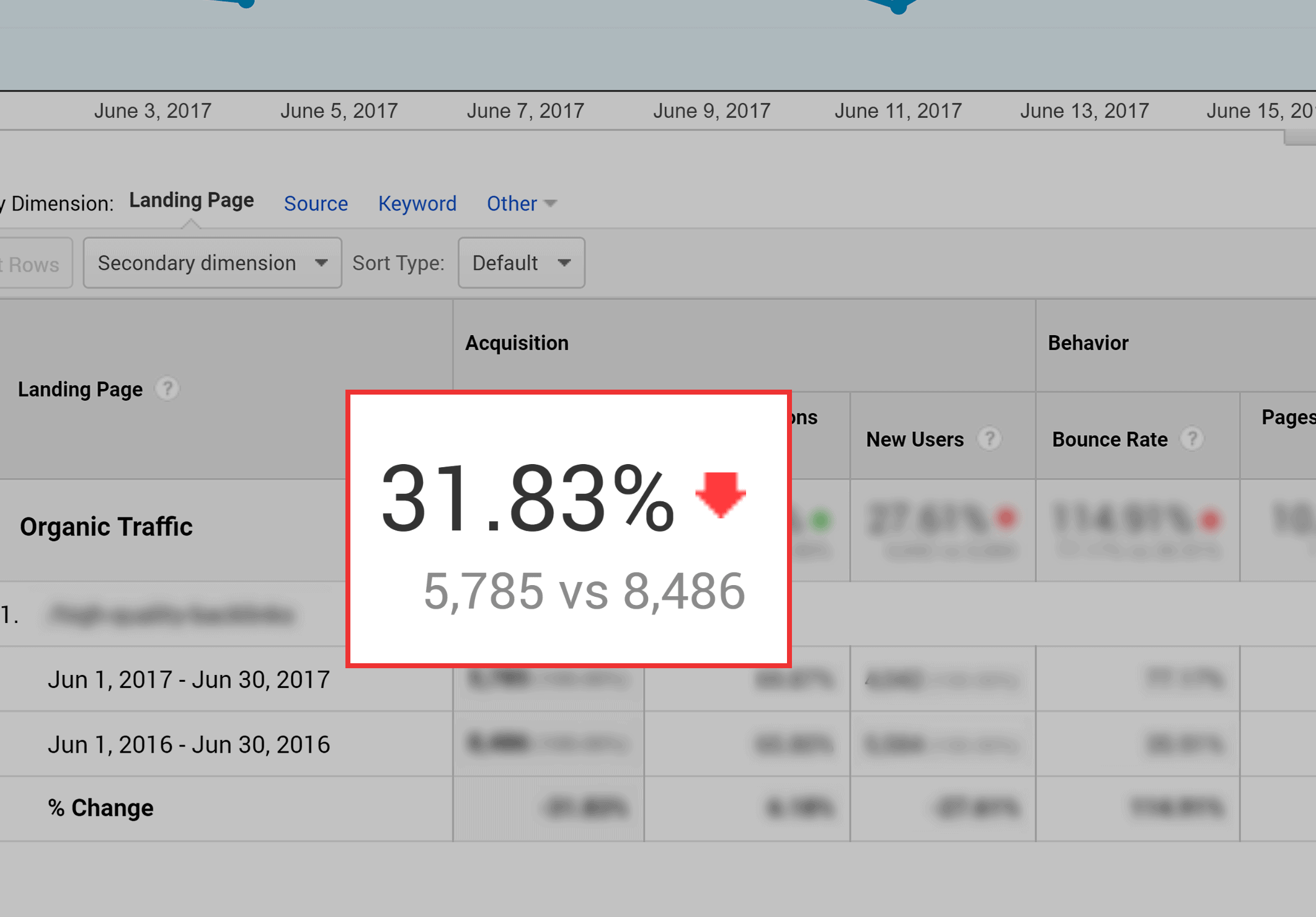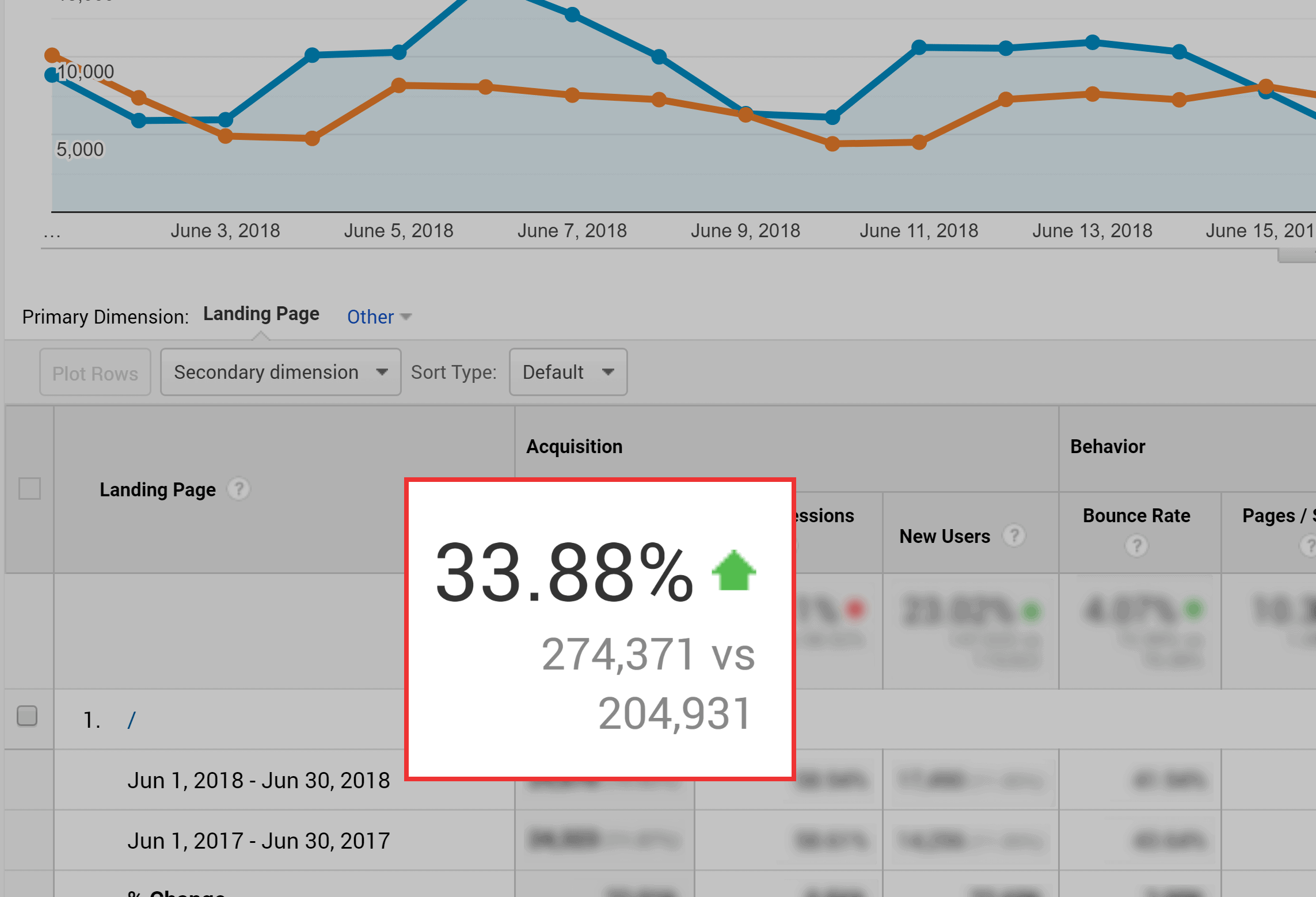A content audit is a crucial exercise for any business looking to improve their marketing Auditing your existing content allows you to identify strengths, weaknesses, and opportunities to optimize your content strategy
In this comprehensive guide I’ll walk you through how to conduct a detailed content audit in seven steps
Why Conduct a Content Audit?
Let’s first cover why you should bother conducting a content audit:
-
Find content gaps – See which topics and formats you’re missing that your audience wants.
-
Eliminate mediocre content – Get rid of low-quality or outdated content dragging you down.
-
Surface opportunities – Discover areas your content can improve, like conversion rates.
-
Identify content not generating results – Find and cut content that isn’t performing for you.
-
Set an effective content strategy – Use audit findings to plan content that meets business goals.
-
Adapt to changing audience interests – Keep your content aligned with what your audience cares about now.
In short, a content audit helps ensure your content continues providing value and achieving the desired impact. It’s about aligning your content with strategic goals.
Step 1: Define Your Goals
First, clarify your goals for the audit. This gives you a vision of success to guide the process.
Sample content audit goals:
- Discover how to better attract and engage my target audience
- Identify low-quality or outdated content to remove
- Find content gaps we should be addressing
- Determine how well our content aligns to buyer’s journey stages
- Pinpoint content improvement opportunities to raise conversions
Outline 2-3 clear goals upfront. Later, you’ll evaluate if your audit hit those targets.
Step 2: Find All Content
Next, compile a master list of your existing content across channels, including:
- Blog posts and articles
- Videos
- Podcasts
- eBooks and guides
- Website pages
- Product content
- Email newsletters
- Social updates
- Sales collateral
- Presentations
- Marketing campaigns
- Advertising creative
- Webinars
- And more
Aim to be comprehensive. Search digital files, asset management systems, content calendars, and internal networks to locate everything.
You may be shocked at how much content you uncover across divisions like social, PR, product marketing, sales, etc. Bring it all together in one centralized place, like a spreadsheet.
Step 3: Organize and Analyze
With your content compiled, it’s analysis time. Add columns in your spreadsheet to capture key details like:
-
Topic – What does the content cover?
-
Format – Blog post, video, etc.
-
Channel – Where was it published? Owned, earned, paid?
-
Date created – When was it first published?
-
Date updated – Has it been refreshed recently?
-
Author – Who created the content?
-
Performance data – Views, clicks, conversions, etc.
-
SEO value – Does it rank well? Drive traffic?
-
Business alignment – How does it map to sales funnel?
-
Quality – Score it from 1-10.
Populate each column to evaluate your content across factors. Filter and sort to uncover patterns.
You’re looking to identify:
- Content that is underperforming
- Low-quality, dated, or irrelevant content
- Content aligned to each stage of the buyer’s journey
- High-performing content worth replicating
- Gaps in your content across topics, formats, and channels
- Opportunities to improve specific pieces of content
Let the data guide you in pinpointing what to keep, kill, or improve.
Step 4: Seek Outside Perspectives
While analytics provide one vantage point, don’t rely on data alone. Seek qualitative feedback from those interacting with your content.
Survey or interview:
-
Customers – Why do they engage with your content? What’s missing?
-
Sales team – What content best supports the sales process? What gaps do they see?
-
Customer service – Which content fields the most customer questions?
-
Partners/agencies – Does our content present us as an authority?
-
Employees – Is our content well-aligned internally?
Blend outside opinions with hard data to gain a well-rounded view of what’s working and what’s not.
Step 5: Define Metrics for Success
As part of your audit, clearly define what success looks like for your content. This gives you a benchmark to measure against moving forward.
Consider metrics like:
-
Traffic – Pageviews, visits, viewers, downloads
-
Engagement – Comments, shares, links, time on page
-
Conversions – Form fills, purchases, signups
-
SEO – Rankings, organic traffic
-
Product usage – Adoption, retention
Set specific targets, like 10% conversion rate on blog posts. Now you can continually evaluate if your content hits the mark.
Step 6: Build an Action Plan
With your audit complete, it’s time to build out an action plan based on the insights uncovered.
Your plan might include actions like:
-
Updating older content – Refresh dated posts, videos, etc. with new info.
-
Removing ineffective content – Delete or archive content that fails to achieve goals.
-
Improving underperforming content – Rework content not hitting benchmarks to boost impact.
-
Creating content for gaps – Develop content for high-value topics or formats you lack.
-
Mapping content to buyer’s journey – Create content tailored to each awareness, consideration, decision stage.
-
Optimizing for SEO – Test changes to improve search visibility and organic conversions.
Let your audit analysis guide which initiatives to include. Prioritize the highest potential impact activities first.
Step 7: Measure and Monitor
Don’t let your shiny new action plan collect dust. Monitor implementation and measure performance.
Review metrics on refreshed and new content monthly. How are they stacking up against your benchmarks? Make adjustments as needed.
On a quarterly basis, spot check random pieces of content to ensure quality remains consistent.
Annually, conduct a full audit again to identify new opportunities. Content needs and business goals shift over time. Stay current through regular, comprehensive audits.
Audit Tools to Put to Work
Manually gathering and evaluating all your content takes serious effort. Leverage tools to streamline the process:
-
Google Analytics – Evaluate engagement and conversions for your content.
-
BuzzSumo – Analyze social shares and links for your content.
-
Ahrefs – Check organic search metrics like rankings and traffic.
-
Asana – Manage and assign content audit tasks.
-
Airtable – Track and organize all your content details.
-
SurveysMonkey – Create surveys to gather external feedback.
-
Trello – Build a content audit checklist and track progress.
Choose solutions that integrate with your tech stack and fit your budget.
Get More from Your Content
An audit may sound tedious, but it’s incredibly valuable for removing content clutter and creating strategic, high-performing assets.
Tackle your audit in 7 steps:
- Set your goals
- Compile all content
- Dig into the details
- Get outside perspectives
- Define success metrics
- Build your action plan
- Monitor and measure
By regularly evaluating your content and acting on the insights, you’ll keep providing maximum value to your audience.
Now get out there, get auditing, and whip your content into shape!

Why are Content Audits Important?
Just like with SEO site audits, content audits help you improve your content marketing by:
- Helping you find underperforming content
- Improving content
- Applying lessons learned to future content
- Evaluating your top authors
For example, last year I did a content audit at Backlinko.
I noticed that some of my content that did well back in the day started to fade (in terms of traffic and Google rankings).

So I set out to improve that content (using the best practices you’re about to learn about).
And these tips helped turn things around. In fact, this single content audit boosted my site’s search engine traffic by 33.88%.

With that, here’s exactly how to do a content audit.
What Is a Content Audit?
A content audit is a systematic review of your website’s content to assess its quality, performance, and relevance to your target audience. It helps you identify which content to keep, update, or remove, and informs your future content strategy.
How To Conduct A Content Audit
How do you conduct a content audit?
The first step in conducting a content audit is to catalog your existing content assets by locating and documenting every piece of content. Basically, you’re creating an inventory of your content. Gathering this information in a spreadsheet is one of the most commonly used methods, and a spreadsheet can prove useful later in the process as well.
Do you need a content audit?
Try revisiting your existing content to see how effective it is—which is where a content audit comes in. What Is a Content Audit and Why Do One? A content audit is the process of analyzing the existing content on your website to measure how well it’s performing and supporting your business goals.
Why should you audit your content?
Often, it will be directly linked to SEO efforts, as the goal is to have content that is not only packed with important keywords but also answers specific search queries. The content you could be auditing runs a gamut of formats and could include:
What is a content audit?
A content audit describes the process of collecting and analyzing assets on a website, such as landing pages or blog posts. Content audits keep an inventory of a website and provide insight into which content to create, update, re-write, or delete.